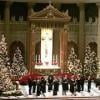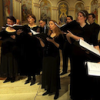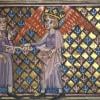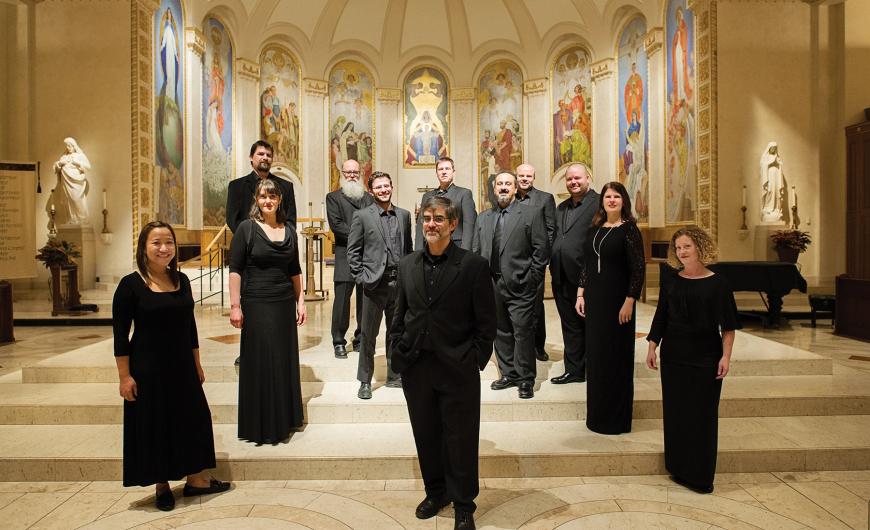
Some 20 years ago when reading a biography of Manuel II Palaiologos, Alexander Lingas learned about the Byzantine emperor’s trip to the court of King Henry IV looking for support for besieged Constantinople. The trip was a major diplomatic effort, starting in 1399 and lasting until 1403. Later, Lingas took a seminar at Oxford about Henry IV and Henry V, and his imagination was caught by the idea of the daily services at the English court and the intersection of religions and cultures.
“The English chroniclers mentioned that Manuel had singers with him and that he did daily services, and the emperor’s simplicity and piety made a big impression on the English chroniclers,” Lingas said. “I thought, this is a unique occasion to be able to juxtapose those two groups of people who would have been under the roof of the same palace.”
Now people can hear that juxtaposition on A Byzantine Emperor at King Henry’s Court: Christmas 1400, London, the latest recording release from the Portland, Oregon-based vocal ensemble Cappella Romana, which Lingas founded in 1991 and continues to direct.
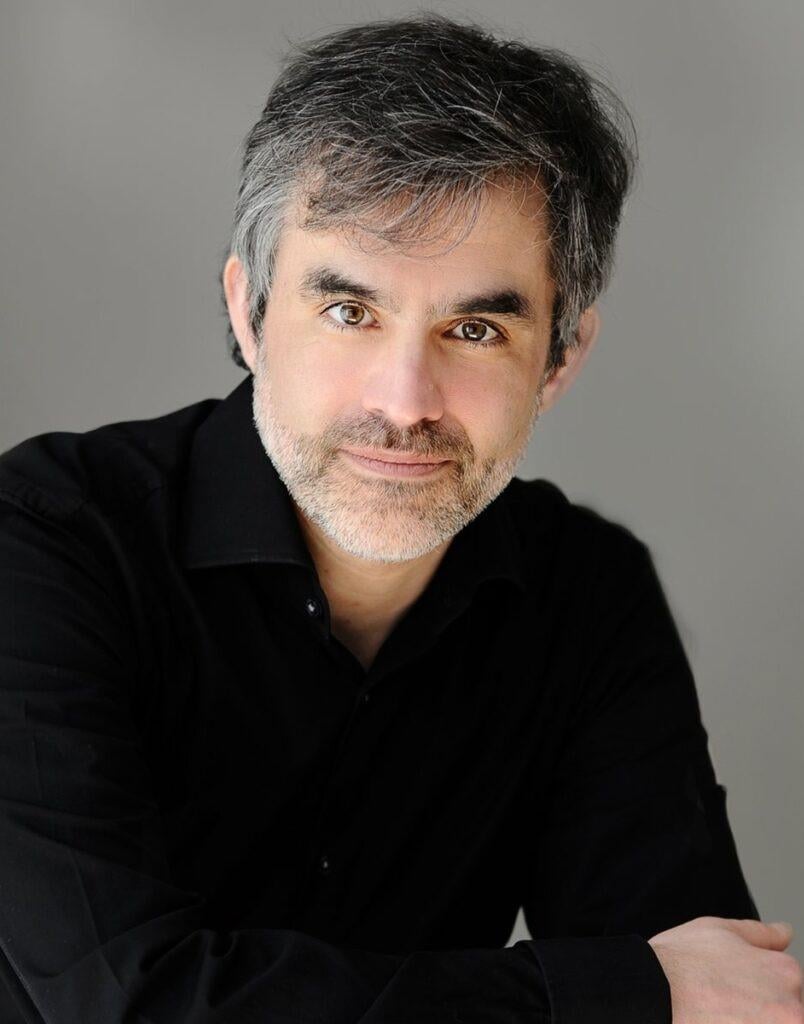
Putting out something unique is nothing new for the vocal ensemble, which performs Byzantine chant and Greek and Russian Orthodox sacred choral music alongside Latin Catholic music from Western Europe — broadly, “music of the Roman inheritance,” referring to “old” Rome and “new” Rome (Constantinople). This combination of repertory is practically unique among choral groups.
Lingas says that, like Gregorian chants, Eastern musical traditions have manuscripts that go back 1,000 years. What makes it a little different, Lingas says, is that the Eastern Christian musical tradition is also an oral one, and in some places, you find people who know the repertory by ear. That means he can study the music not only as a historical artifact but also talk with living practitioners.
“There are regions on sort of the borders of empires where the tradition went completely oral, and they stopped using notation for a while,” he said. “There are villages in Southern Italy and in Calabria where a kind of Byzantium chant of the 16th century got planted there and then has been developed in isolation as a largely oral tradition, or on the borders between Serbia and Romania or in Transylvania, so that’s something I'm very interested in studying.”
Lingas, who went to Portland State University as a physics major but eventually switched to composition and went on to get a Ph.D. in historical musicology from the University of British Columbia, did the research for this recording, which revealed the music performed at the English king’s court on Jan. 7, the Orthodox date of Christmas. The liturgical music would originally have been performed by two choirs, one singing in Greek and the other in Latin, and the recording has songs from services celebrated on Christmas Eve, Christmas Day, and vespers on Christmas evening in the year 1400.
This was a unique moment not only in musical history but history in general, Lingas says. “There’s this particular juxtaposition of these two cultures meeting with the twilight of one and kind of the dawn of the other,” he said. “There’s kind of the handover of empires going on there, and also the music itself is just wonderful and unique.”
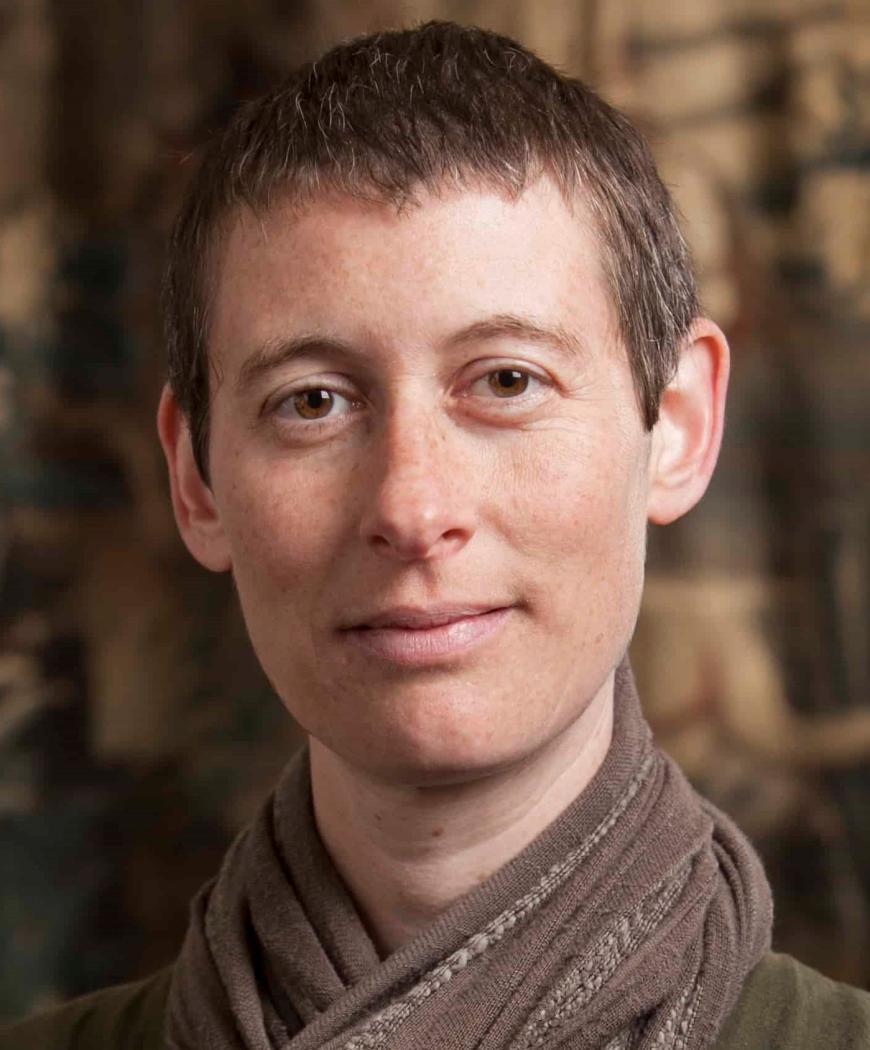
Singing music that hasn’t been sung in 600 years is thrilling, Lingas says. Kerry McCarthy, a Cappella Romana singer and a musicologist who focuses on early English music, agrees. In those days, musicians, particularly elite ones, traveled. Along with diplomats and bureaucrats, the emperor brought musicians with him, and McCarthy says she likes thinking of the English singers “eating their turnips on this rock out there in the North Atlantic,” encountering their counterparts from the Mediterranean. Of all the programs she’s done, this one has the greatest contrasts, she thinks.
“All of a sudden, these people show up at the king’s court, and they’re wearing these strange hats and they’re wearing these different colored robes. They’re singing this chant that has microtones, and it has a different tuning system than your chant does,” she said. “And then, of course, they would have had their meals together in this big dining hall. Just imagining, OK, what common languages did they have? Maybe a few of them found someone who spoke Latin or French so they could try to talk with each other. And then what an effect it would have had hearing each other sing for a couple of months. One of the nice things about our program is by the end we’re all singing together in different octaves.”
This immersion in history and scholarship sets the group apart, says Cappella Romana superfan Darrell Corti of Sacramento, one of the first people to get the latest CD, which he has in his car to listen to when he drives.
“They’re remarkable,” he said of the group. “I have several other CDs of Byzantine music, and theirs, I think, is the most interesting approach. They’re not looking at it from the Russian point of view but from the Greek. It’s completely different. It makes them stand out. They’re living, breathing musical historians.”
Corti doesn’t play an instrument or sing himself, but that’s not necessary to appreciate the ensemble’s music, says Mark Powell, Cappella Romana’s executive director. In the tradition of sacred music, the human voice was the best instrument to praise the divine, and Cappella Romana’s website states that the ensemble’s vision is to “give a glimpse of transcendence through the music of the Christian East and West.”
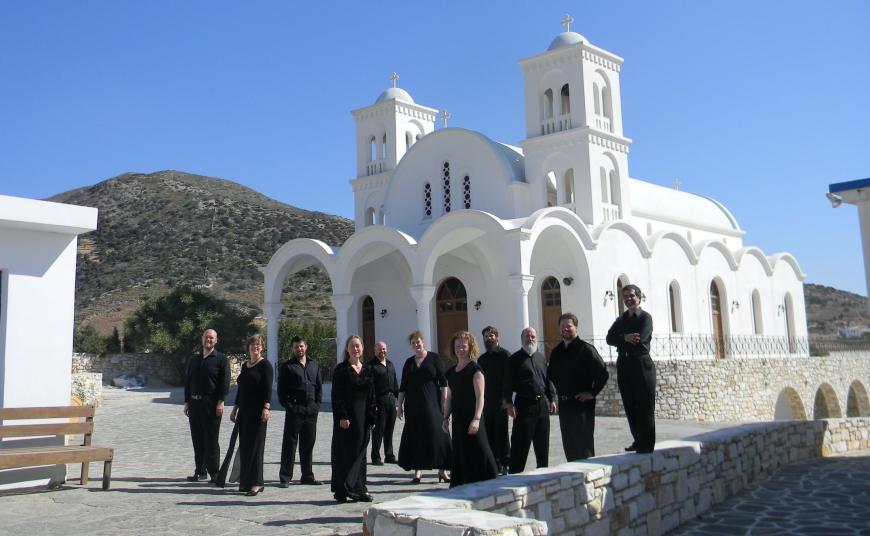
That may sound heady, but it’s what the music does, Powell says. He remembers one jazz reviewer who had never seen a chorus before writing that you’d need to have ice water in your veins to be moved. Then a few years ago, the group toured with the now-defunct Pop-Up Magazine, where writers, photographers, filmmakers, and musicians performed live onstage. The audience for those shows was not made up exclusively of ancient music fans by any stretch. But Powell says people were affected by Cappella Romana performing Lost Voices of Hagia Sophia (on the Billboard chart for 44 weeks), which recreated the medieval sacred sound of the Greek Orthodox church of the album’s title, which later became a mosque.
“A reviewer said everyone around him was weeping,” Powell said. “Something touched them.”
Being able to have these sorts of ecstatic moments where you feel outside yourself is why musicians — and their listeners — do what they do, Lingas says.
“Plato and Aristotle talk about music and why it’s such a powerful force and how it can move people, and it can change their souls. It can tune them in to the universe and the harmony of the spheres,” he said. “It’s recognizing that not only do people today continue to have those experiences, but also historically it has been a strong reason why people bothered to do what they did musically.”
McCarthy has been singing with Cappella Romana since 1994, and she says being with the group has given her lots of ecstatic moments, calling her experience “a passport for the mind,” thanks to which she’s gotten to learn about different musical styles and sing in seven or eight languages.
“It’s just been a chance to immerse myself in different musical traditions,” she said. “Every single program I’ve ever done with Cappella Romana, I’ve learned something new. I don’t think there’s any exceptions. I think my research wouldn’t be the same without that experience. I feel really lucky.”


